The Greatest Chess Grandmasters in History
Chess, the timeless battle of wits played out on the 64-square board, has been shaped and enriched by brilliant minds throughout history. From audacious sacrifices to deep positional understanding, each grandmaster's unique style and contributions have left an indelible mark on the game. This journey through the greatest chess players in history will delve into their styles, personal lives, and how they've influenced the current state of chess, spanning from the ornate sets of the 19th century to the digital boards of today.
Era 1: The Romantic Era (1849-1890)
During the Romantic Era, chess sets were ornate masterpieces, mirroring the opulence of the time. Amidst this backdrop, Adolf Anderssen emerged as a force to be reckoned with. His daring, attacking style was best exemplified in the legendary "Immortal Game," where he sacrificed material for a stunning checkmate. Anderssen's journey from humble beginnings in Breslau to becoming a chess icon showcased his dedication and innovation.
The ornate chess sets of this era, with intricate designs and elaborate details, served as the backdrop for Anderssen's brilliant games. His influence is undeniable, as his audacious playstyle continues to inspire modern players to take risks and find beauty in tactical combinations.

Era 2: The Hypermodern Era (1890-1945)
The Hypermodern Era witnessed the rise of Aron Nimzowitsch, a player who questioned traditional principles and introduced hypermodern openings. His influence on positional play and strategy was profound, demonstrated by his seminal work "My System." Born in Riga, Nimzowitsch's unique style and contributions revolutionized chess theory.
In contrast to the ornate sets of the past, the Hypermodern Era featured simpler, more minimalist chess sets, reflecting the growing modernist movement. Nimzowitsch's innovations paved the way for a new way of thinking about chess, one that focused on controlling the centre from a distance.

Era 3: The Soviet Dominance (1945-1991)
As chess moved into the Soviet-dominated era, standardized Staunton-style chess sets became the norm. Mikhail Tal, the "Magician from Riga," epitomized the tactical brilliance of this period. His aggressive, sacrificial playstyle captivated audiences worldwide. Tal's captivating games, full of dynamic tactics, reflected the spirit of his time.
Mikhail Tal's impact extended beyond the board. His rise to the world championship showcased his resilience, as did his battles against health issues. Tal's chess style continues to inspire players to embrace creativity and risk-taking in their games.

Era 4: Modern Chess (1991-Present)
The modern era brought diversity to chess sets, from traditional Staunton chess piece designs to contemporary aesthetics. Garry Kasparov's reign epitomized this period. His dynamic, aggressive style and battles against Anatoly Karpov are legendary. Kasparov's influence reached beyond chess as he championed human rights and democracy.
In parallel with the digital age, chess moved to online platforms, revolutionizing how the game is played and learned. Kasparov's legacy and contributions extended to AI, challenging our understanding of the game's limits.

Modern Legends: Shaping the Game Today
In the modern landscape, players like Magnus Carlsen, Fabiano Caruana, and Hou Yifan dominate. Carlsen's endgame mastery, Caruana's deep preparation, and Hou Yifan's trailblazing achievements showcase the game's diversity. Modern chess sets range from traditional to minimalist to digital boards, reflecting the varied preferences of players.
The digital age has democratized chess, making it accessible to players of all ages and backgrounds. Online platforms, tutorials, and streaming have revolutionized learning and playing. Chess has become a tool for intellectual growth, fostering critical thinking and strategic skills in youngsters and adults alike.
The rich tapestry of chess history is woven with the brilliance of grandmasters who transformed the game through their styles, struggles, and contributions. From the audacious Anderssen to the hypermodern Nimzowitsch, the tactical genius of Tal, and the dynamic Kasparov, each player left their mark. Today, the likes of Carlsen, Caruana, and Hou Yifan continue to shape the game, inspiring a new generation of players.
Chess sets have evolved from ornate designs to diverse styles, mirroring the game's journey. The digital age has opened new frontiers, democratizing the game and fostering intellectual growth. As we celebrate the legends and the modern players who stand on their shoulders, we're reminded that chess is not just a game, but a reflection of human creativity, resilience, and strategic prowess.
With each move on the board, we honour the legacy of the past while shaping the future of this timeless pursuit.
Modern Legends: Shaping the Game Today
1. Magnus Carlsen: The Endgame Virtuoso Magnus Carlsen's reign as World Chess Champion since 2013 has been marked by his exceptional endgame skills and versatile style. Known for his deep understanding of complex positions, Carlsen often manoeuvres his opponents into seemingly equal positions before exploiting small inaccuracies to secure victory. His mastery over various phases of the game has earned him the title "The Mozart of Chess."

2. Fabiano Caruana: The Analytical Genius Fabiano Caruana's methodical and analytical approach to chess has earned him a reputation as one of the strongest players of his generation. His deep opening preparation and precise calculation have led to numerous successes in top-level tournaments. Caruana's ability to delve into complex positions and navigate uncharted territories on the board showcases his deep understanding of the game's intricacies.

3. Hou Yifan: Breaking Barriers Hou Yifan's achievements as a female chess player have shattered stereotypes and opened doors for aspiring young players. Her achievements include becoming the youngest Women's World Chess Champion and her strong performances against male grandmasters. Hou Yifan's dedication to the game and her role in promoting gender equality in chess make her an influential figure in the modern chess landscape.

Influence of Modern Chess Players
1. Chess as an Intellectual Sport The modern grandmasters' analytical and strategic approaches have elevated chess to the status of an intellectual sport. Their emphasis on deep preparation, opening novelties, and sophisticated tactics has inspired a new generation of players to approach the game with a scientific mindset, enhancing the overall level of play.
2. The Digital Age and Learning The advent of online platforms, chess apps, and streaming services has transformed chess learning and engagement. Modern players often stream their games, providing insights into their thought processes and strategies. This accessibility has democratized chess education, allowing players of all levels to learn from the best.
3. Fostering Critical Thinking Chess instils critical thinking, problem-solving, and decision-making skills. Modern grandmasters' ability to calculate complex variations, evaluate positions, and devise winning strategies demonstrates the real-world applicability of these skills. Chess is increasingly recognized as an educational tool that hones cognitive abilities and enhances academic performance.
The Transformative Effect of Chess
1. Empowering Young Minds Chess empowers young minds by nurturing skills such as patience, concentration, and resilience. As children engage with the game, they develop the ability to plan ahead, anticipate consequences, and adapt to changing circumstances. These skills extend beyond the chessboard, positively impacting their academic and personal lives.
2. A Unifying Force Chess transcends cultural, linguistic, and geographical boundaries. International tournaments and online communities create a global network of chess enthusiasts who connect through their shared passion. Chess tournaments serve as platforms for cultural exchange and cooperation, promoting mutual understanding and friendship.
3. Lifelong Learning and Mental Fitness Chess is a game that can be enjoyed across generations, fostering intergenerational interactions. Engaging in regular chess play enhances mental fitness, combating cognitive decline and promoting lifelong learning. The strategic challenges of the game keep players mentally sharp and engaged throughout their lives.
The journey through the greatest chess players in history leads us to the modern era, where legends like Carlsen, Caruana, and Hou Yifan continue to shape the game's landscape. Their unique styles, strategic brilliance, and dedication mirror the legacy of their predecessors. Chess, propelled by the digital age and the influence of modern players, has become a tool for intellectual growth, unifying people across cultures, and fostering critical thinking skills.
As the game continues to evolve, it remains a testament to the enduring appeal of human ingenuity and strategy. With every move, grandmasters past and present contribute to the legacy of a game that transcends time, enriching minds and touching hearts around the world



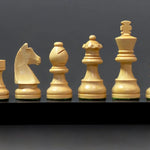
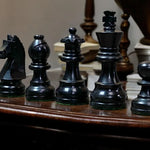
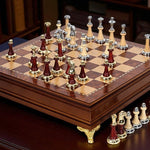
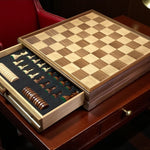
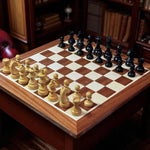
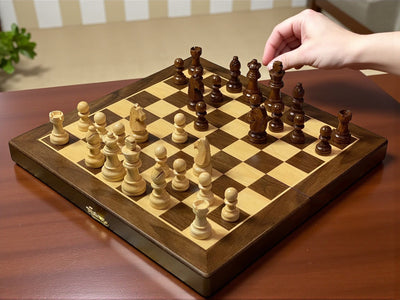
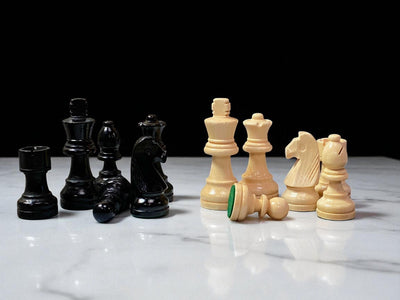
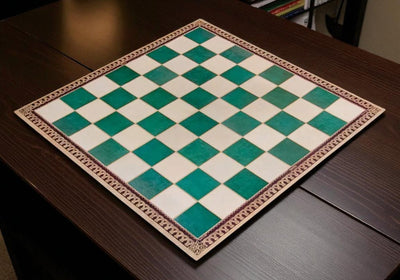
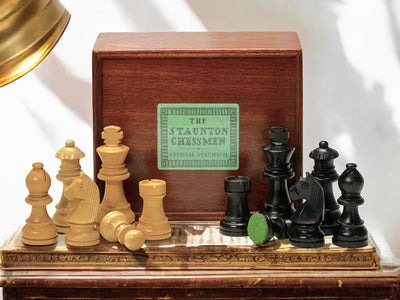
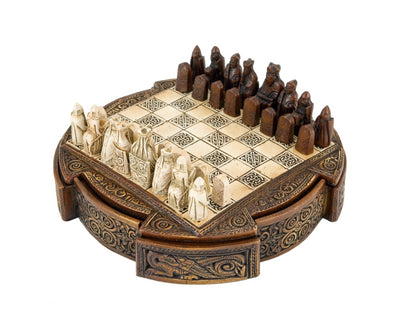

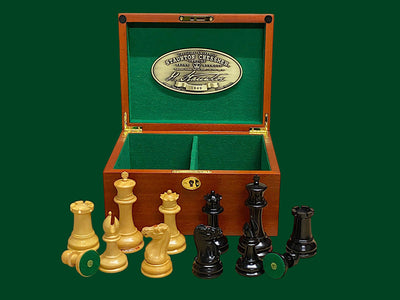
Leave a comment